Undoubtedly, the myth of wealth in the stock market has been repeatedly enacted since 1990, creating countless wealth legends. Many people have successfully struck gold in the market from nothing through their own intelligence, even becoming millionaires or even billionaires overnight; however, this remains a minority. Most retail investors suffer continuous losses, going from having to nothing. 70% of retail investors create 10% of successful individuals; it is the losses of the majority that accumulate the wealth of a few.
Most heavily losing retail investors have some fatal mistakes and weaknesses: they are always in a full position, unrealistically hold onto fantasies, repeatedly gamble, do not know how to avoid risks, and once they are trapped, they refuse to sell even if it means taking a loss, thus turning short-term positions into medium-term ones, and medium-term into long-term ones, eventually becoming shareholders. When the real market comes, they can only watch as others make huge profits while they stand guard atop a high mountain.
Most retail investors cannot analyze market conditions correctly and calmly. Most do not have their own opinions and always follow the crowd, rarely conducting in-depth research and analysis on the stocks they buy. Once they are trapped after buying, they panic and do not know how to respond. Almost all successful stock market investors, without exception, do not have these shortcomings; all their buying and selling is based on detailed plans and strict discipline. Even if they make mistakes in operations, they do not panic or lose their way.
I am an old stock trader, one of the first batch of investors in China in a meaningful sense. Every day, countless people swarm into the stock market, and many friends get trapped in losses. Every time I see investors suffering losses in the stock market, it pains me. I am not just saying this lightly; I have also gone through that pain, and it was even more tragic and heart-wrenching.
So please patiently listen to me; it may help you, even if just a little, so my efforts are not in vain.
To this day, I think every day and learn every day. My family advises me not to tire myself too much, saying that the money earned from the market is enough to live on, and I should just take care of my health and drink tea. But I still insist on reviewing until midnight every day, continuously learning and researching every trace of capital movements! I am indeed very tired; although I am usually busy, seeing countless investor friends still suffering from losses motivates me to do my utmost to help everyone establish a correct consciousness in stock trading!

The stock market is volatile; growth comes from communication. I often think that giving a fish is not as good as teaching how to fish. If more retail investors and friends can come together to communicate and devise strategies, it should help. One is afraid of fostering their own greed, and the other is that everyone's fortune varies, and without clarity on cause and effect, one does not have the right to change another's fate. I am a person who believes in cause and effect.
Next, I will share a summary of years of experience, hoping to help everyone navigate the stock market more steadily, and it serves as a piece of advice for everyone:
Avoid greed.
It is possible to succeed in stock trading, but it is very difficult. The fundamental reason for failure in stock trading is that everyone is a 'money addict,' unable to control their hands and hearts. Don't deny it; I believe that as long as one is a normal person, they are a 'money addict.' This is almost the fundamental reason why every investor becomes a loser. Interestingly, many retail investors initially can make money, but the inflation of confidence creates risks in subsequent operations. There is a saying: 'Greed clouds judgment.' Interests can completely impair a person's intelligence. A good saying goes, 'Everyone is an elite, but once they enter the stock market, they all lose their heads.' Therefore, to succeed in stock trading, one must first control their greed.
If there are doubts, prioritize risk control.
Some people may ask, since it is so low now, should I leave the market if I have doubts? I want to say that as long as you have doubts and cannot see the future clearly, you must leave the market. Holding onto stocks without clarity is pure gambling. The result of gambling, of course, is that 90% lose.
The stock market and casinos share similarities, but there is one major difference. In a casino in Macau, every gambler has only a 48% chance of winning, and generally, people who gamble for long periods will lose. In the stock market, the winning odds are constantly changing, sometimes as high as 70% or even higher, and sometimes as low as 30% or lower. You should only enter the market when you have clarity and high winning odds and leave when you cannot see clearly. This is the behavior of winners in the stock market, allowing them to control their losses and remain in the game without fear of running out of resources.
Learn to cut losses and take profits.
There is a saying in the stock market: those who know how to buy are apprentices, those who know how to sell are masters, and those who can hold cash are the ancestors. Investors can choose stocks, and many investors can pick good stocks and make money, but very few can laugh until the end. Especially in the bull market of 2015, many started making money happily but ended up in deep pain. This undoubtedly highlights the importance of timely profit-taking and loss-cutting. In the chaotic stock market, trading times and conditions change in real-time, while you are still struggling with losses? I don't dare to call myself a stock god, but after nearly ten years of learning and understanding the stock market, my operations are basically victorious.
The four key elements of candlesticks.
First, let’s look at the four key elements of candlesticks. Candlesticks have opening price, closing price, lowest price, and highest price. To observe bullish and bearish power, one must pay attention to these four elements, not just the bullish or bearish nature of the candlestick.
For example: After the market opens, the price is pushed up to the highest price of the day by bullish power, and at closing, it is pushed back down to the closing price by bearish power. Thus, the comparison of bullish and bearish power for both sides in one day is as follows.
Sellers: Highest price - Closing price. At any given time, the seller's power is the price difference between the daily highest price and the closing price.
Buyers: Closing price - Lowest price. The buyer's power represents the price difference between the closing price and the lowest price.
I think this perspective should be easy to understand: highest price - closing price = bearish power. Buyers: closing price - lowest price = bullish power. The diagram should make it even clearer.
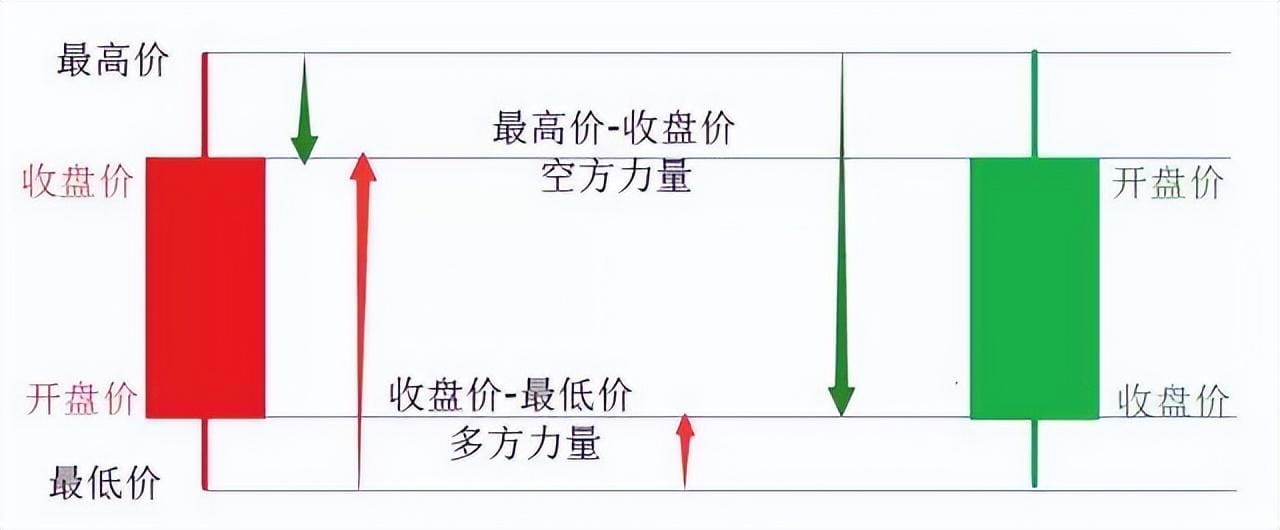
Let's look at an example: the candlestick shows a bullish line, but the bullish power is not necessarily stronger than the bearish power.

The same principle applies: the candlestick shows a bearish line, but the bearish power is not necessarily stronger than the bullish power.
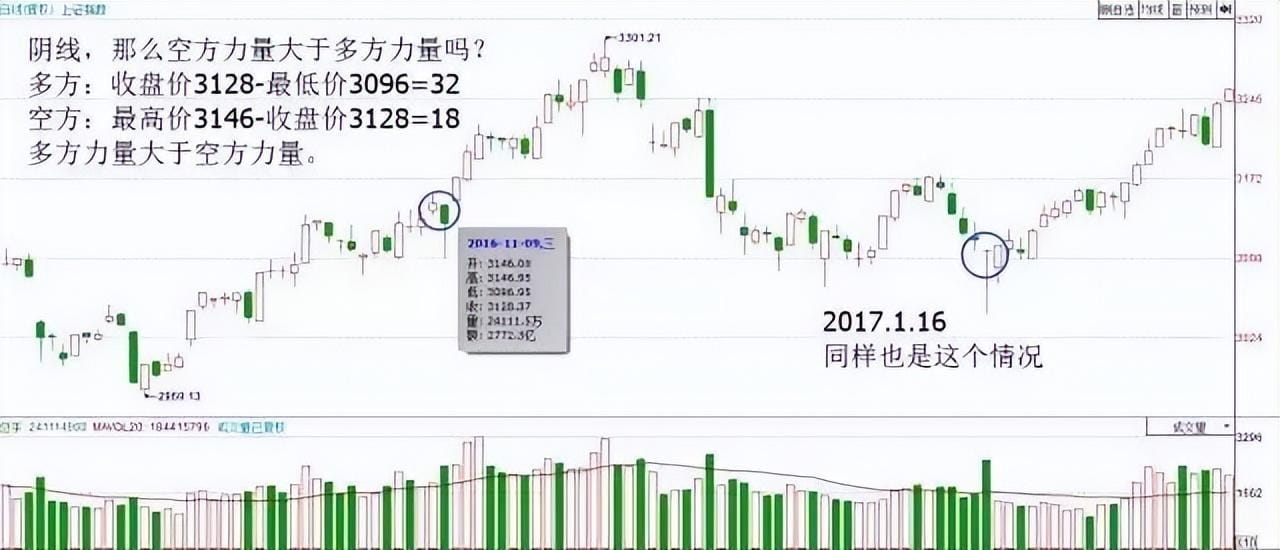
Operating Conditions
A single candlestick can only represent the comparison of bullish and bearish power for that day, but if you want to 'operate,' you still need to consider the 'trend.'
1. When the trend aligns with the bullish and bearish power represented by a single candlestick, it indicates that future single candlesticks will resonate with the trend, and the probability of moving in the trend direction is higher.
There are two types.
1) Upward trend, as shown: the bullish power is dominant in the upward trend, indicating that the rise has not stopped.
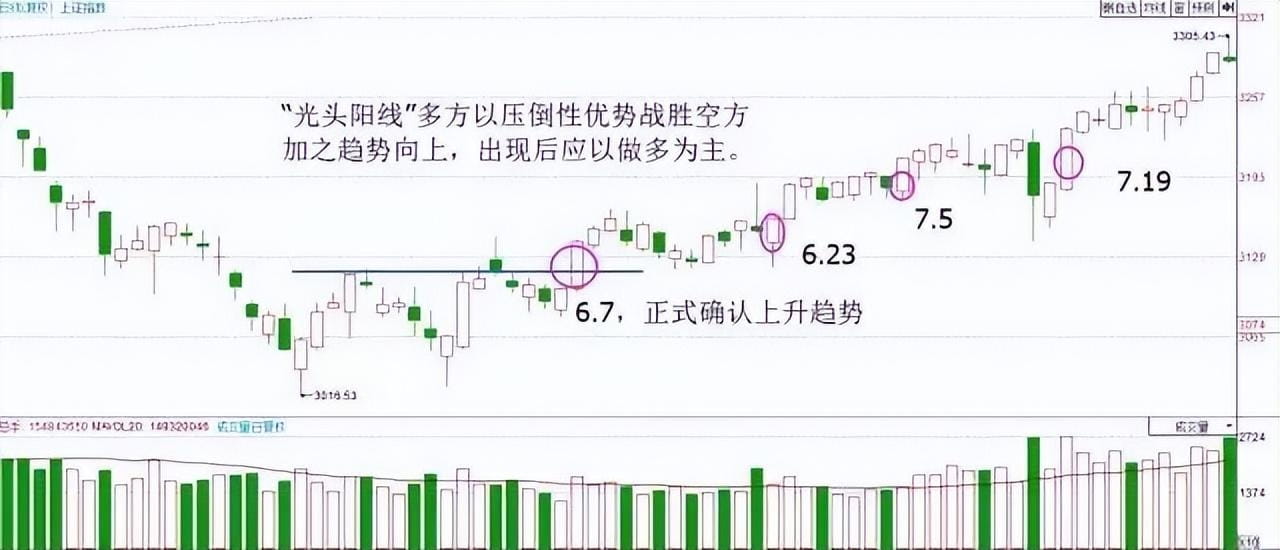
2) Downward trend, as shown: the bearish power is dominant in the downward trend, and the decline will continue.
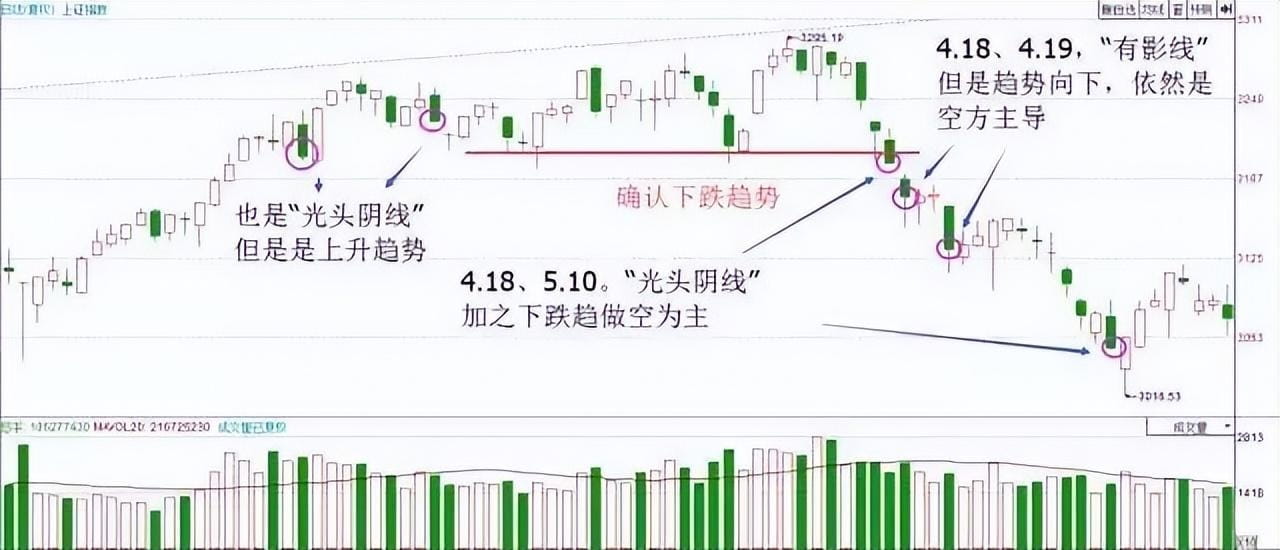
2. When the trend is inconsistent with the bullish and bearish power represented by a single candlestick, it should be judged according to whether the trend is deteriorating.
There are also two types.
1) Upward trend, as shown in the figure:
In an upward trend, if the bearish power is dominant, it may be a continuation of the upward movement or a consolidation. As long as it does not break below the neckline, you can safely hold, and the bearish line may still be your buying opportunity.
For example, in the upward trend shown in the figure, there were a total of 5 times when the bearish power was dominant, but the upward trend did not change, and 4 times were good buying opportunities.
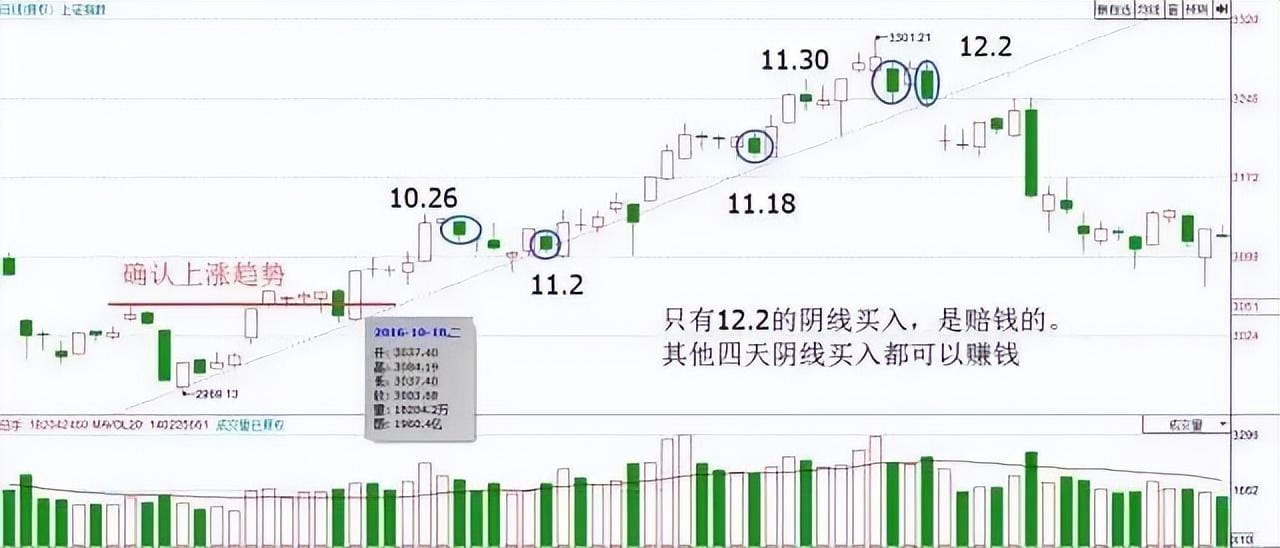
2) Downward trend, as shown: the bullish power in a downward trend may indicate a rebound; as long as it does not break the downward neckline, it should be considered a rebound and an opportunity to reduce positions.
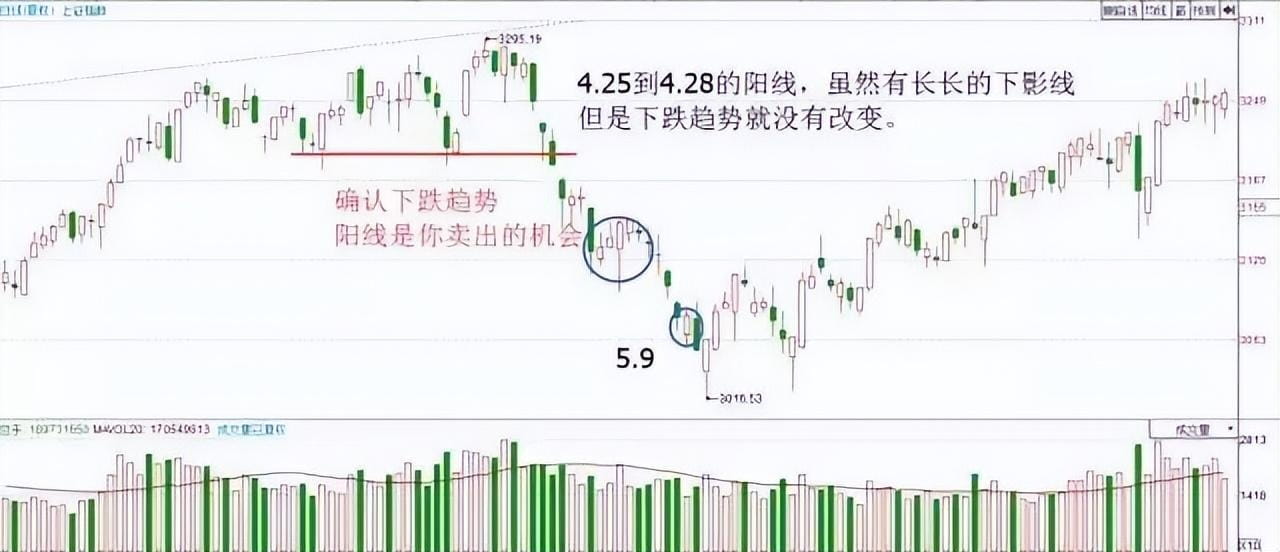
Principle of judging the comparison of bullish and bearish power of a single candlestick:
1. A bullish line reflects the dominance of buyers; the longer the bullish line's body, the stronger the buying power.

2. A bearish line reflects the dominance of sellers; the longer the bearish line's body, the stronger the selling power.

3. There are also fake bullish and fake bearish lines; everyone should pay attention to this point.
The above is a simple introduction to candlesticks; next, I will teach you how to read candlesticks.
1. Look at the bullish and bearish nature: bullish and bearish represent the trend direction; a bullish line indicates that it will continue to rise, while a bearish line indicates that it will continue to fall.
2. Look at the size of the body: the size of the body represents the underlying momentum; the larger the body, the more obvious the trend of rising or falling; conversely, the trend is less obvious.
3. Look at the length of the shadows: regardless of whether the candlestick is bullish or bearish, the upper shadow has formed the next stage's upper resistance, and the probability of downward adjustment is high. Similarly, the lower shadow indicates a high probability of upward movement.
Once you understand the significance represented by candlesticks, combining them with the following candlestick combinations, I believe everyone will no longer fear candlesticks.
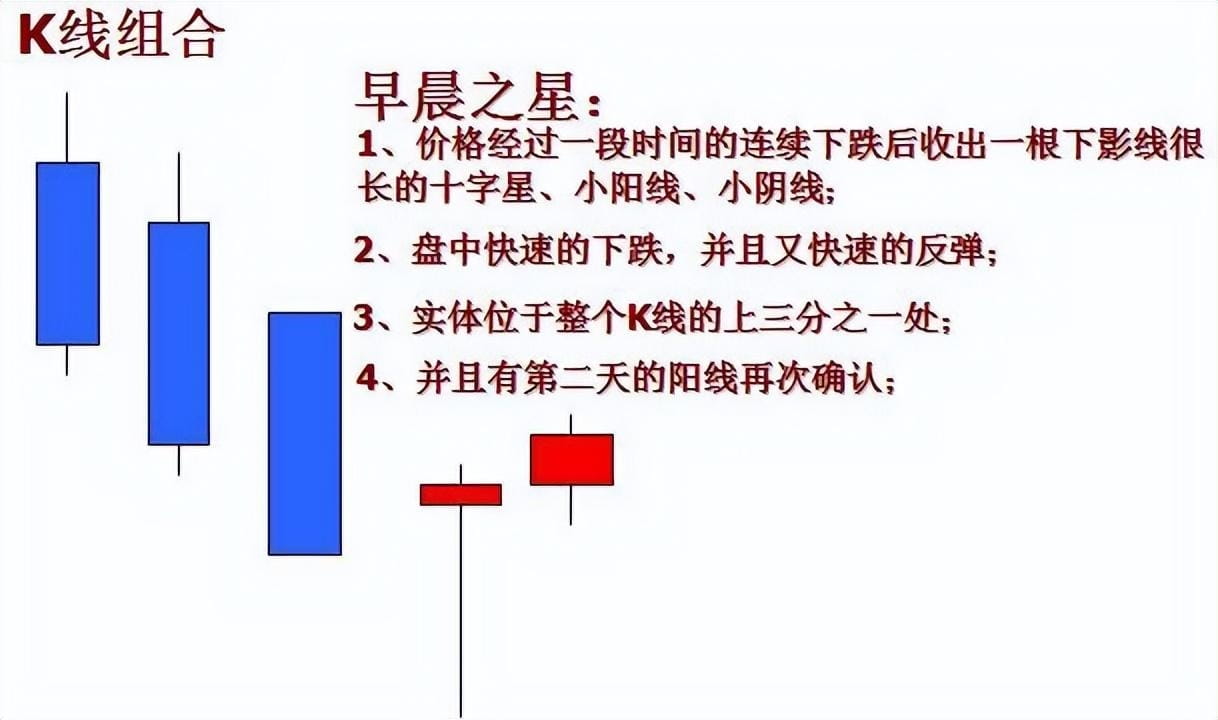
The pattern of the Morning Star formation.
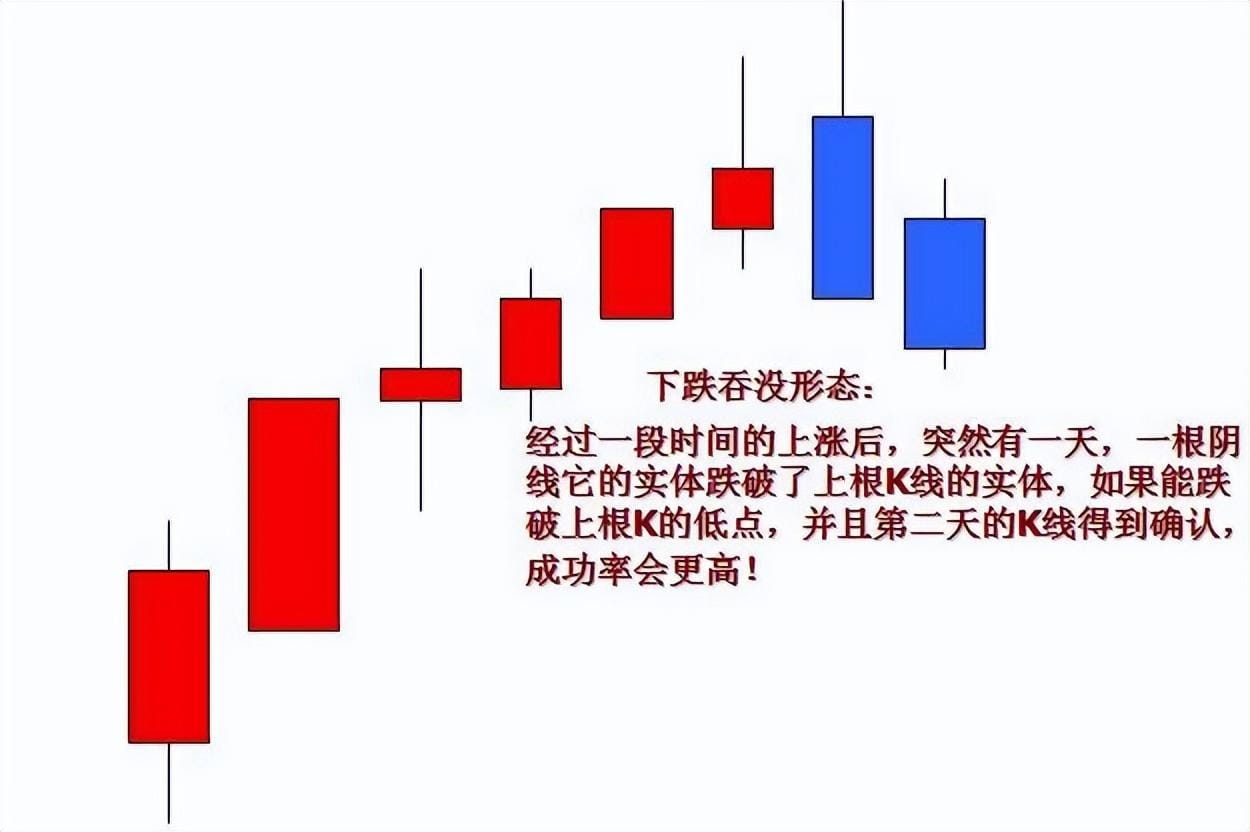
Bearish Engulfing Pattern
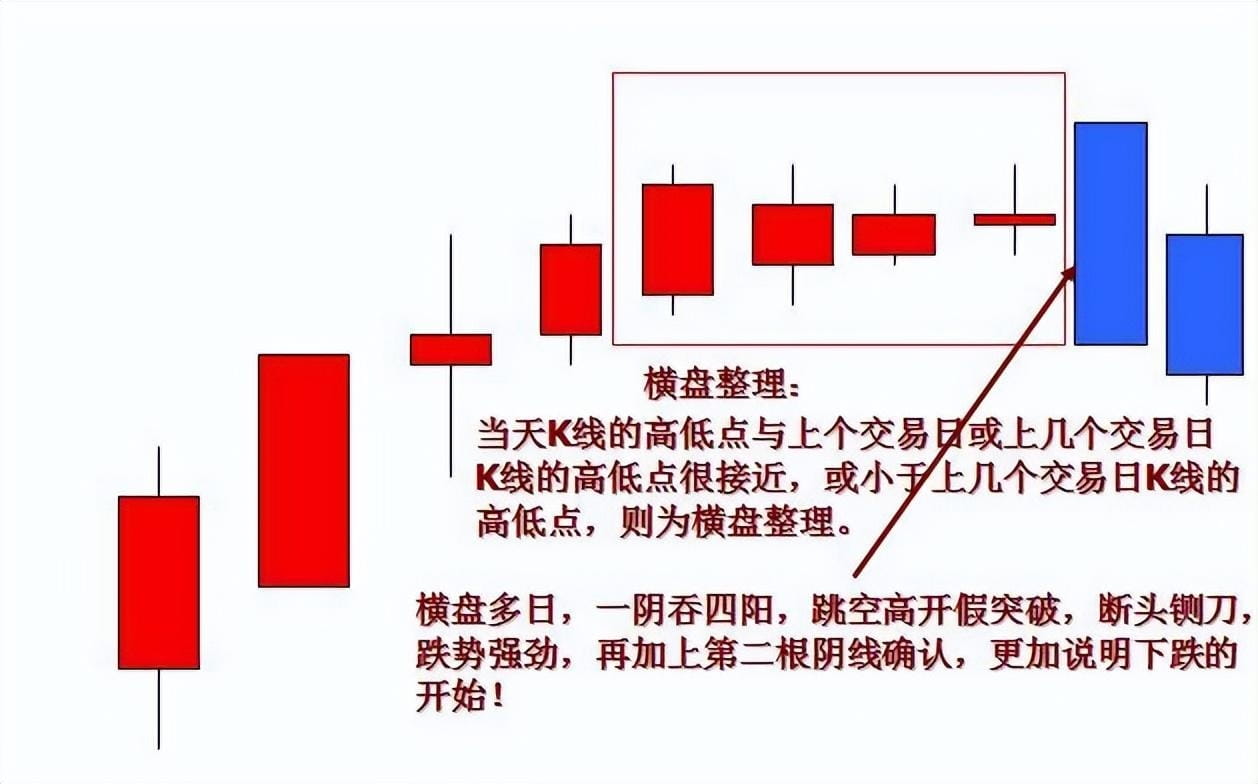
Consolidation
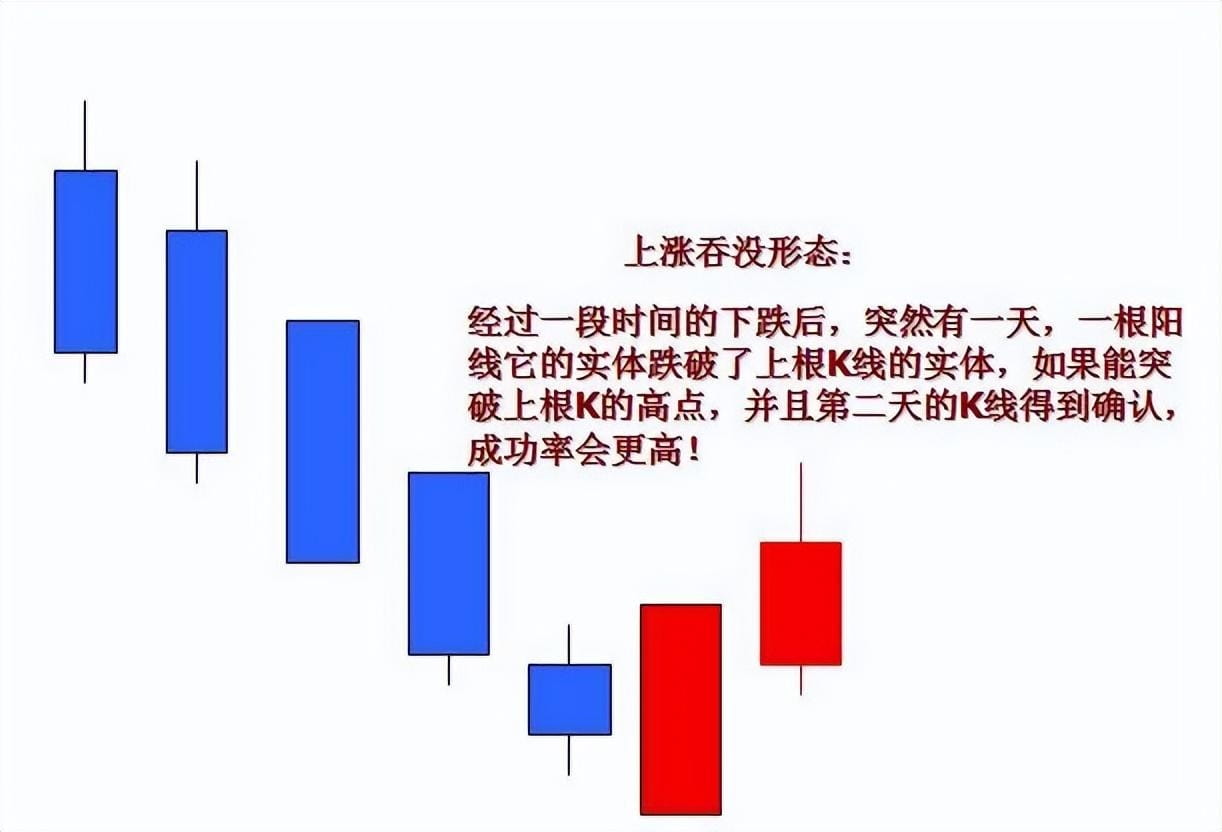
Bullish Engulfing Pattern
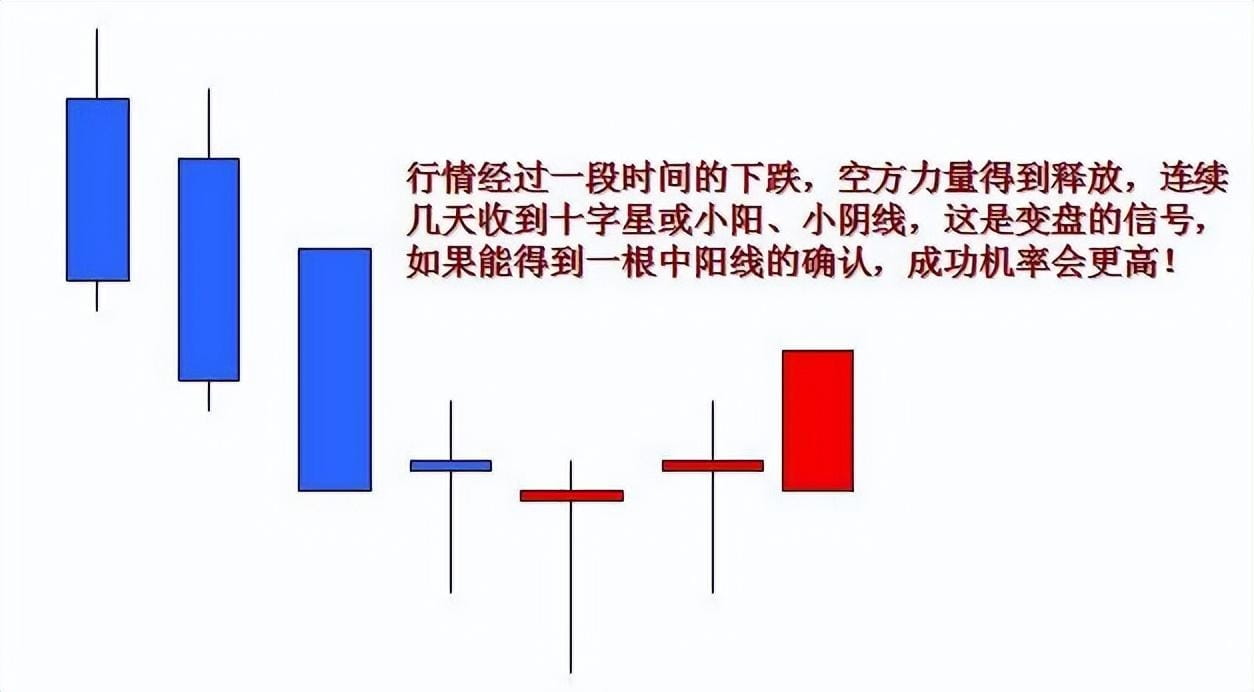
Trend Change Signal
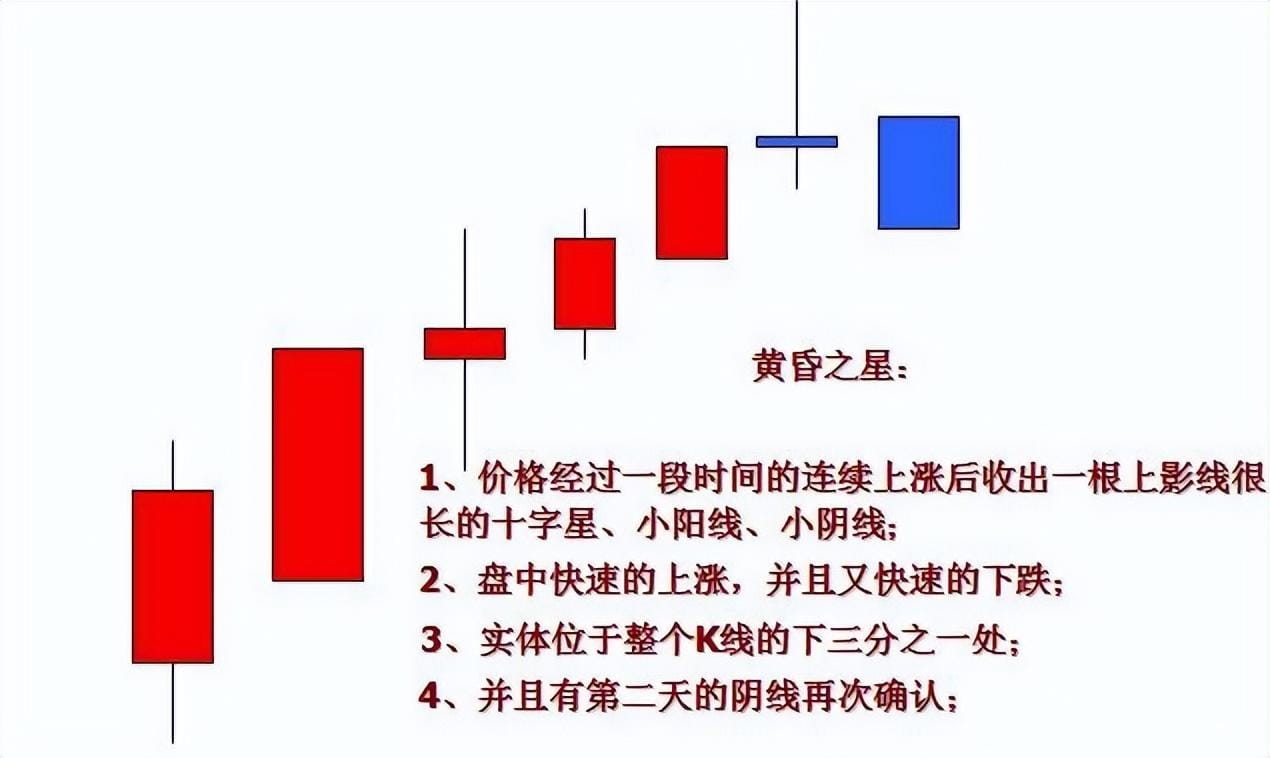
Evening Star
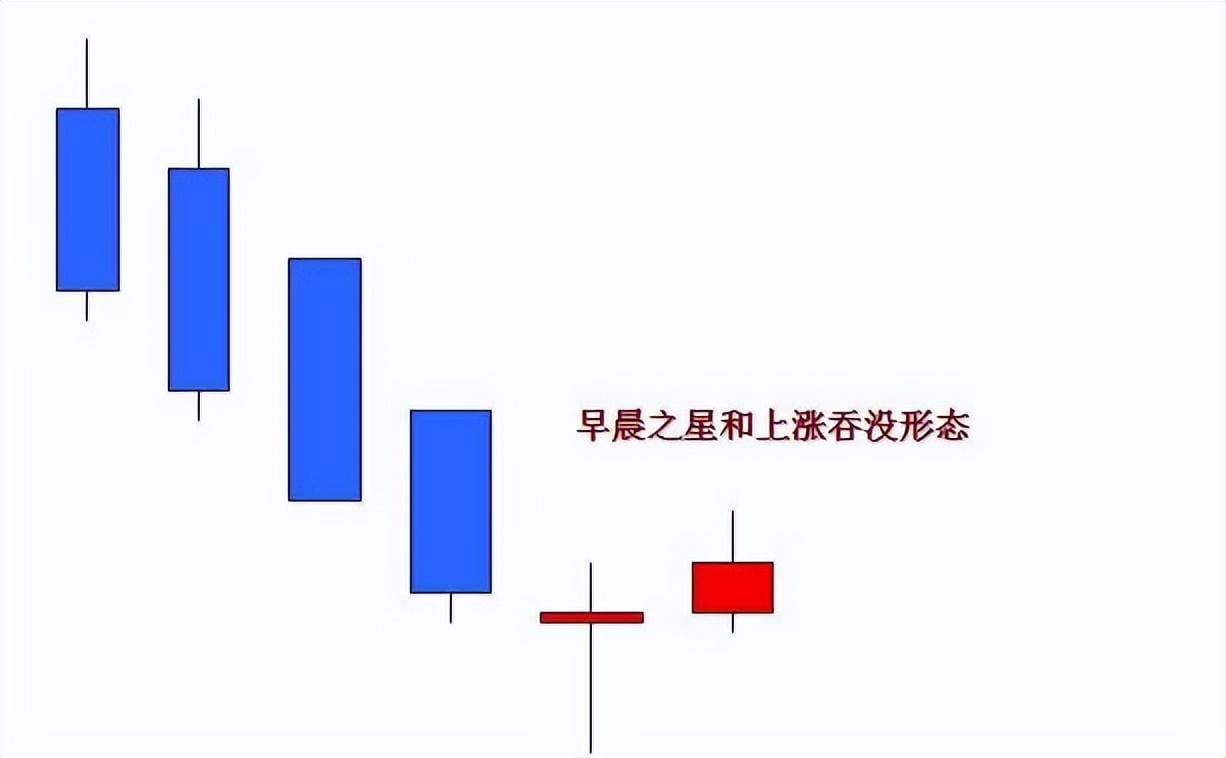
The above are several candlestick combinations; next, let us understand pressure points and support points:
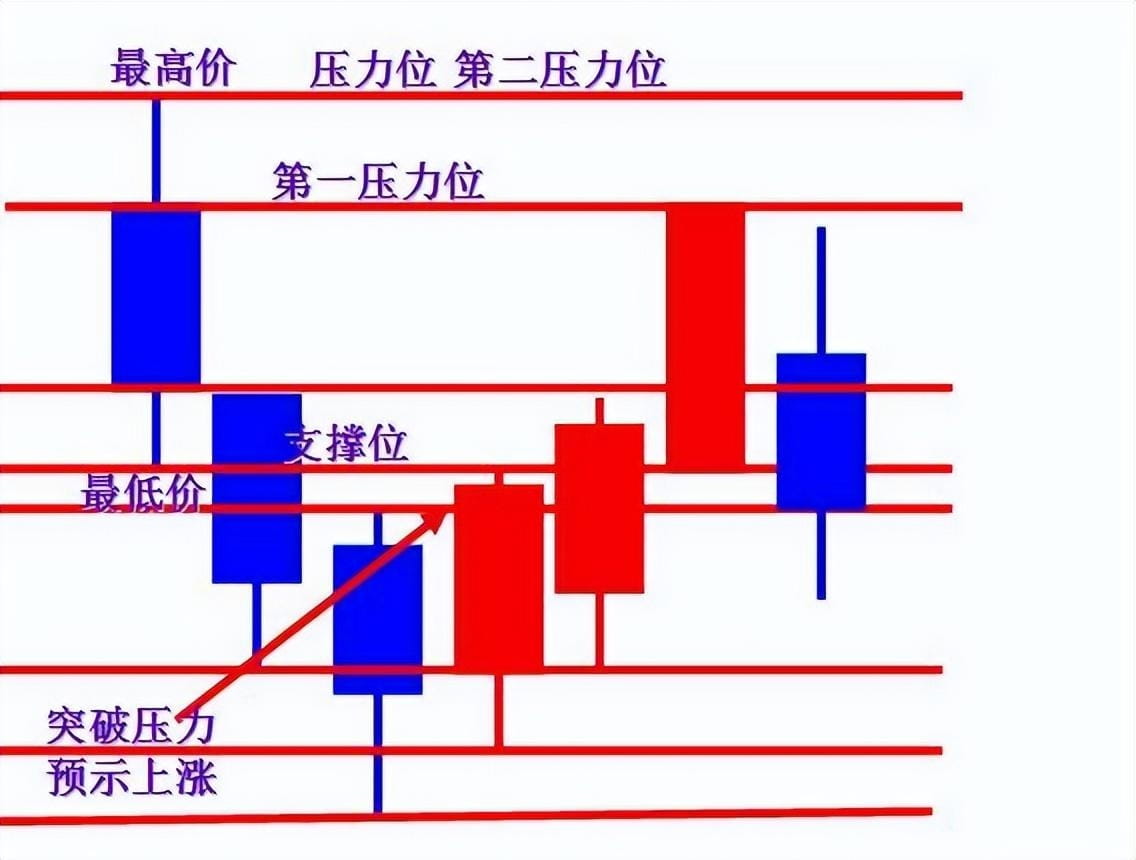
No amount of introduction can match the information conveyed by a single image. Here’s another introduction to help everyone understand how to grasp buy and sell points based on pressure and support levels.
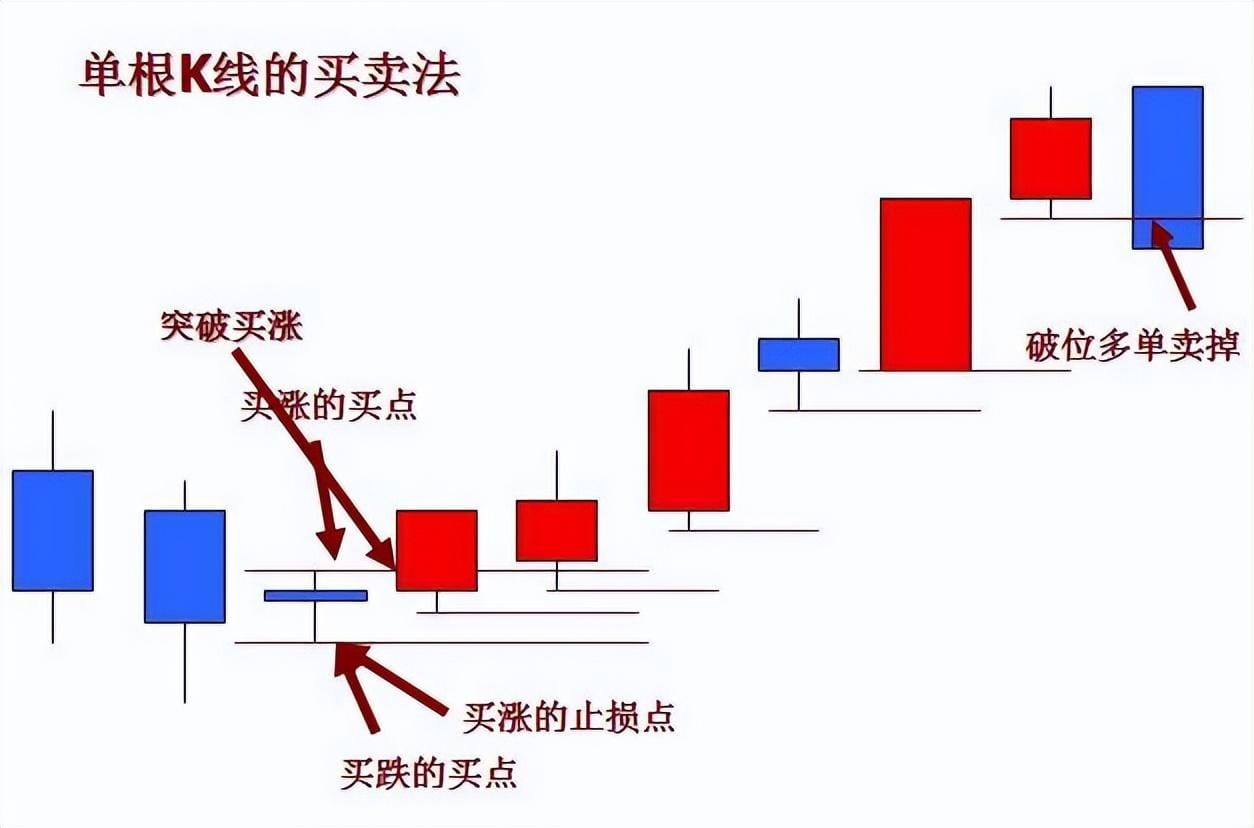
Traders often overlook the fact that they may need to adapt to achieve long-term profit. This situation arises mainly for two reasons:
(1) To conduct profitable trades, you absolutely do not need any skills. Most traders often realize or acknowledge after years of suffering and torment that achieving long-term success requires more than just the ability to occasionally select the right timing for profitable trades.
(2) You do not have to go to great lengths to trade; you only need to pick up the phone, and in the morning, you don’t even need to get out of bed to trade. Even if traders typically trade from an office, there is no need to be physically present in the office to trade. Because we can interact with the market from our very familiar personal environments, it seems that trading does not require us to consciously change our way of thinking.
In some ways, you may already understand many fundamental facts (psychological characteristics) related to the nature of trading, but knowing or understanding some principles, insights, or concepts does not necessarily equate to acceptance and belief.
When we truly accept something, it will not conflict with any other factors in our hearts. When we believe in something, we will take that belief as our natural function, operating according to it without struggle or the need for extra effort. If something conflicts with other factors in our hearts, the higher the degree of conflict, the lower our level of acceptance of that matter.
Therefore, it is not difficult to understand why only a few people can become successful traders; they simply do not invest enough effort to reconcile the conflicts between what they have learned and their beliefs, nor do they recognize that these conflicts and behaviors are the resistances that hinder them from adopting various successful trading principles. To enter and utilize the kind of free-flowing mindset suitable for trading, one must thoroughly resolve this conflict.#币安HODLer空投ERA $BTC
